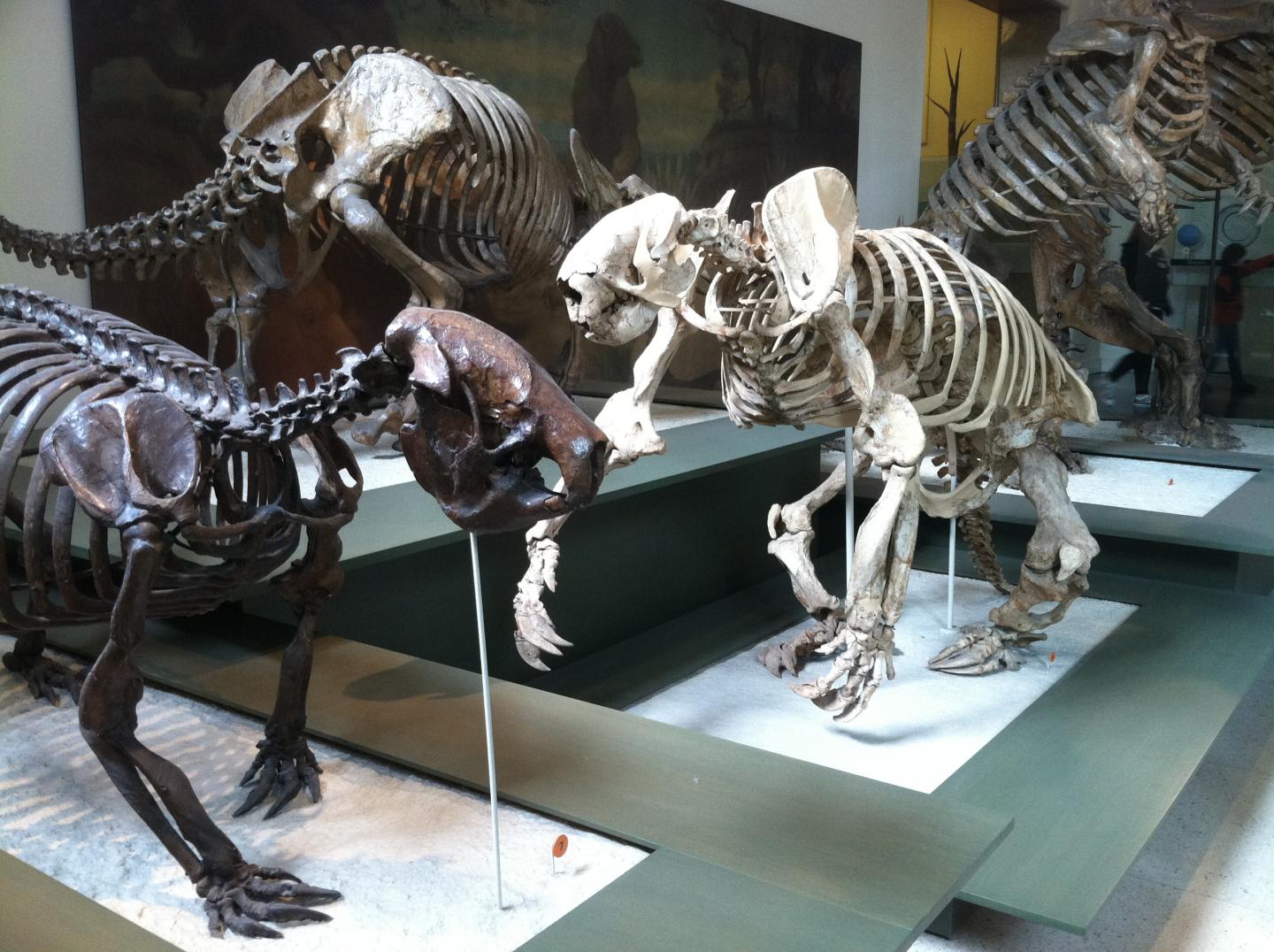There are a few things that humans might have don e to drive species to extinction, like having lousy fire-safety protocols. Species
of small bats that used to live on Antigua might have gone extinct because there was
so much more charcoal in their habitat, the authors noted. “Fire is also directly
associated with a now-extinct fauna,” they added, “although the anthropogenic nature
of these fires is unconfirmed.”
e to drive species to extinction, like having lousy fire-safety protocols. Species
of small bats that used to live on Antigua might have gone extinct because there was
so much more charcoal in their habitat, the authors noted. “Fire is also directly
associated with a now-extinct fauna,” they added, “although the anthropogenic nature
of these fires is unconfirmed.”
Of course, when Europeans showed up on the islands, things changed again because the settlers brought invasive plants and animals and some pretty destructive farming habits, like clearing forest to make more room to grow sugarcane.
One thing humans may not have done to these animals: eat them.
“There is virtually no evidence of direct exploitation of large mammals such as sloths or monkeys,” the authors write. “Although there is no evidence for intensive hunting of mammals during this period, landscape changes associated with fires, combined with potentially undetected hunting of slowly reproducing mammals, may be a more relevant model to explain the loss of sloth and monkey populations by this period.”
The sloths were certainly not the last species that humanity has driven to extinction, nor the most recent. According to one 2015 paper published in Science Advances, 69 species of mammals have gone extinct since 1900 because of human pressures on the environment. (Vice covered that study more fully.) Some scientists have said that we are in the middle of a sixth mass extinction called the Holocene extinction; among the other five mass extinction events is the asteroid impact that wiped out the dinosaurs.
There were once 130 mammal species in the Caribbean, according to the paper. Nearly half have gone extinct—more than in any other region of the world. Most of the remaining mammals are bats; Caribbean sloths and primates have been wiped out entirely.
"The two totally extinct mammal groups, sloths and primates, have no close living relatives among mainland forms and represent unique losses of diversity," the authors noted. But understanding exactly why they went extinct could help save the next threatened species, the authors noted.
Because, at this rate, there will certainly be more.
